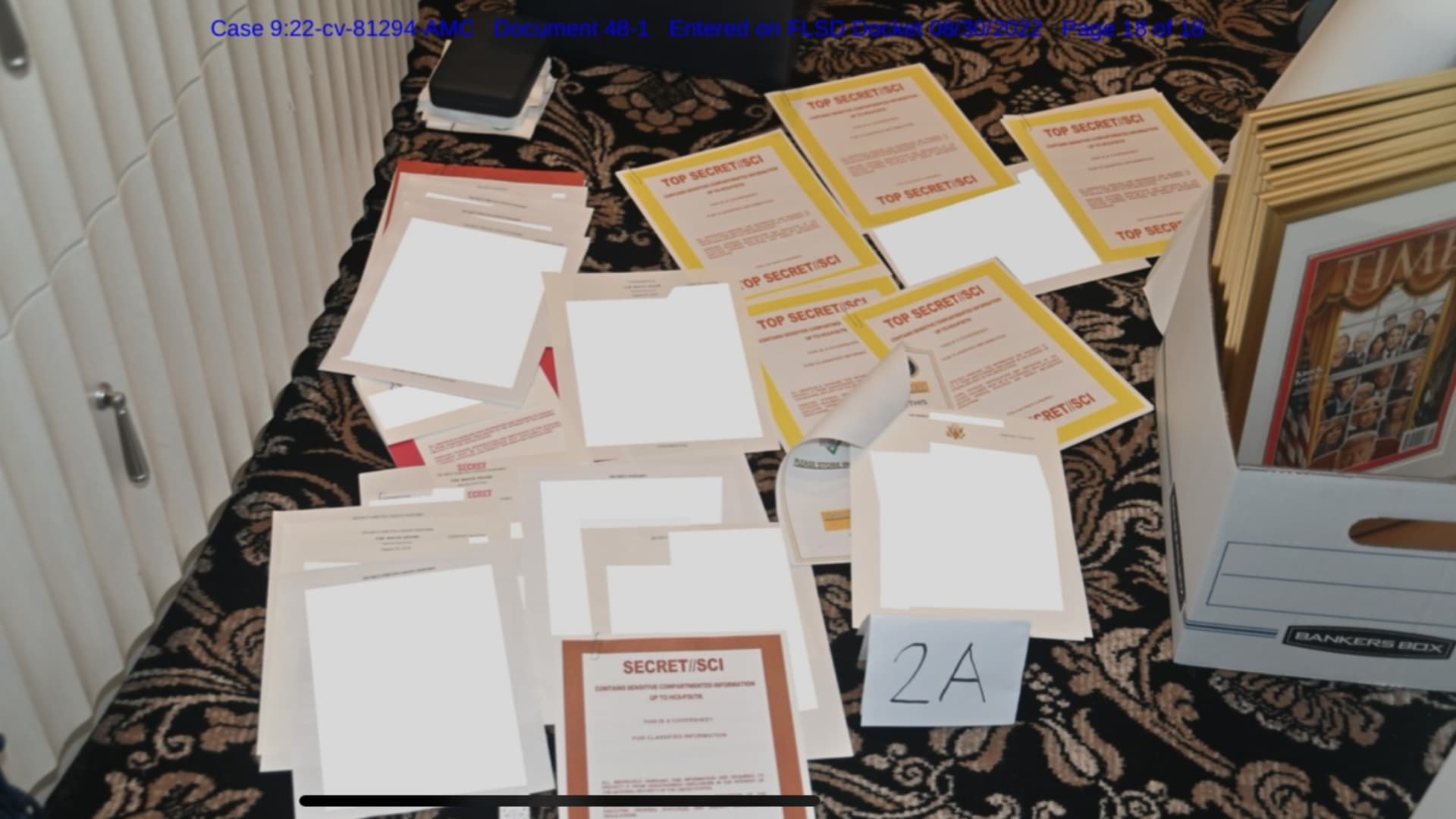Considering a job change? Experts explain how to ace that ‘Great Reshuffle’ career move


A record number of workers have quit their jobs, looked for new ones and renegotiated along the way.
But with all the opportunities the current labor market offers, there are challenges, too — especially when it comes to standing out in a sea of job applicants.
About one in five workers, or 22%, said they will likely look for a new job in the next six months, but only about one-third think it will be easy, despite widespread job openings, according to a new report by the Pew Research Center.
Still, the chance at a fresh start with higher pay or more flexibility (or simply to relieve burnout) is driving many workers to get in on the Great Resignation, also known as the Great Reshuffle, while they can.
It could get harder to find a job
Recent signs show the labor market, which was on fire in 2021, may be beginning to cool.
Hiring has slowed somewhat already, while uncertainty is running high about where the economy is headed.
On Wednesday, the Federal Reserve announced another major rate hike of 0.75 percentage points to cool things — particularly inflation, at a 40-year high — down a little more.
More from Personal Finance:
Social media ‘FOMO’ drives bad spending habits
This withdrawal strategy can help retirees stretch savings
Gen Z is saving 14% of income for retirement
Already, planned layoffs jumped 57% in June from a month ago, according to job placement firm Challenger, Gray & Christmas. Chatter is also heating up about possible layoffs coming to Wall Street, as well as job offers being rescinded.
“While the labor market is still tight, that tightness may begin to ease in the next few months,” said Andrew Challenger, the firm’s senior vice president.
How to get hired in uncertain times
Recruiters spend less than seven seconds, on average, reviewing an applicant’s resume, according to Toni Frana, the career services manager at FlexJobs. “Having a standout resume is more important than ever,” she said.
It can be tempting to submit as many applications as possible, hoping that something will stick, Frana added, however, panic-applying to every position is rarely effective.
“Hiring managers are much more likely to invest their time in a candidate who has tailored their resume and cover letter to the specific role.”
Additionally, having a summary, skills section and headline under your name can play a key role in making your resume stand out.
Top tips to perfecting your resume and profile
For starters, “think of your summary as your virtual introduction,” said LinkedIn’s career expert Blair Heitmann.
Keep it to about four or five sentence bullets and consider adding relevant skills and keywords featured in descriptions of jobs that seem interesting to you, she advised.
“A good rule of thumb is to think of your summary as an elevator pitch — spotlight what you’re in it for, and what drives you to go to work every day,” said Heitmann.
To showcase your skills, start with the top five that are most relevant for your job or the job you want and think broadly about skills you may have gained through other work experience, extracurricular activities or volunteer work.
Here’s where you can tailor your experience as closely as you can to the specific job you want, and include any transferable skills that may add value, such as communication or time management, Heitmann said.
“Job seekers can — and should — add different skills to each of their job descriptions,” she advised.
But don’t just list what you’ve done. Rather than say “I was responsible for managing the front office,” add tangible results, she said. For example, tout the fact that you “implemented a new filing system that increased productivity by 15%.”
Finally, put a face to a name. “Don’t underestimate the importance of showcasing your true self with a great profile photo,” Heitmann said.
That doesn’t mean you need special hair or makeup or fancy equipment.
“All it takes is a quick snap,” she added. “It’s your virtual handshake, and a simple way to be recognized and discovered.”
3 tips for avoiding job application pitfalls
- Catch typos. Typos are more common than you think, according to Heitmann. “Proofread multiple times every time you make a change and ask a friend or two to review as well.”
- Be specific. “Recruiters are seeing an influx of people applying for roles that aren’t a fit, or to multiple roles at different levels at the same company, which makes it clear you’re just applying to everything and seeing what sticks,” Heitmann said.
Instead, give concrete examples of why you are a good fit based on the skills you have and the skills required for the position.
- Be honest. Don’t put yourself in a situation where you’ll be unprepared for your new job or caught in a lie. If you’re a recent graduate and don’t have a ton of work experience, rather than stretch the truth, add some of the major projects and papers you worked on as a student, Frana suggested. You may just have the types of skills that many employers are after: “think communication and writing skills, time management, project management, teamwork, and research.”
Even if you’ve been laid off, that is not necessarily a strike like it may have been in the past. “Layoffs are fairly common, so I do not think anyone needs to feel ashamed about it or hide it,” said Carolyn Kleiman, a career expert at ResumeBuilder.com. “
In fact, some of the interviewers may have been laid off in the past themselves,” added Stacie Haller, another career expert at ResumeBuilder.
This post has been syndicated from a third-party source. View the original article here.




